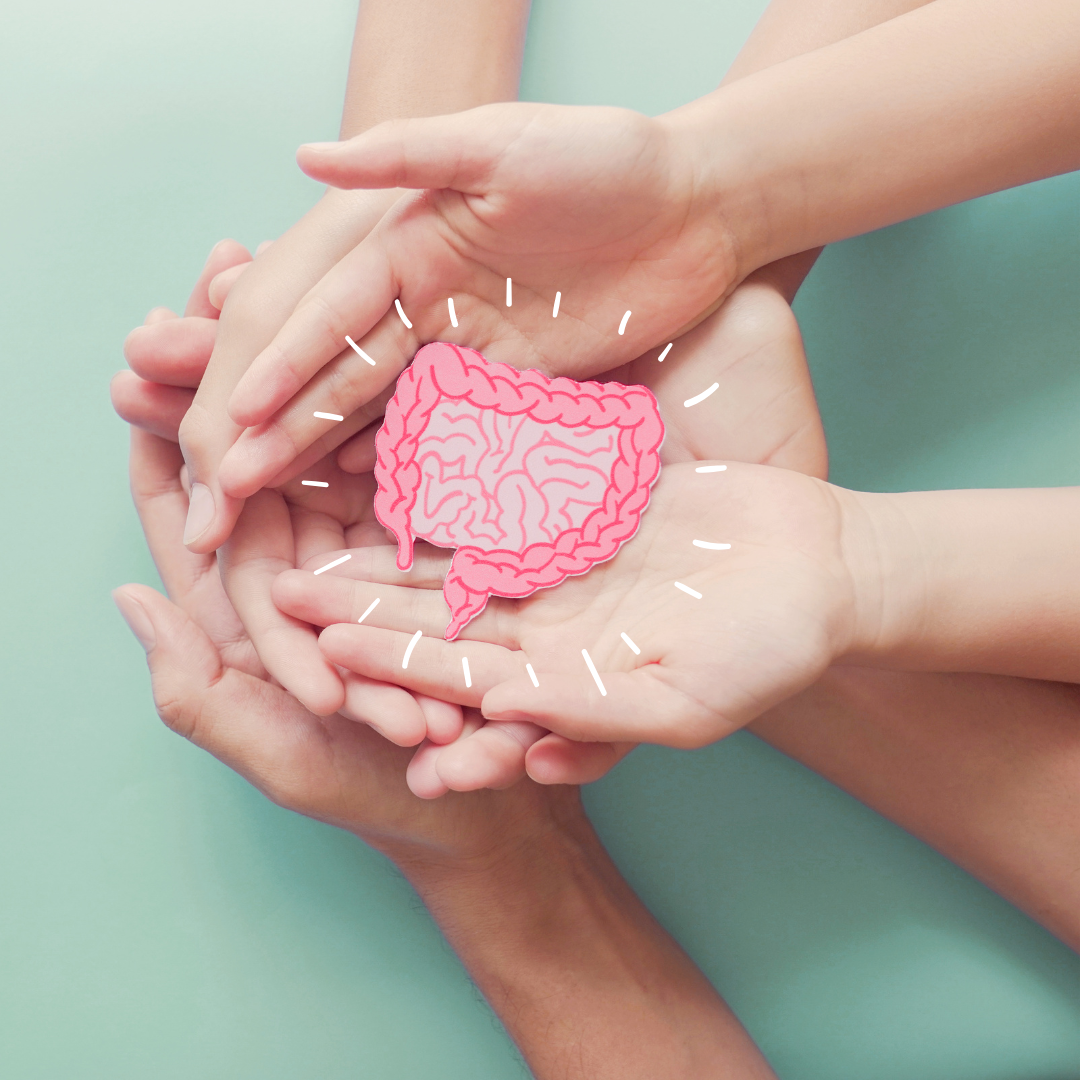In the spirit of the holiday season, I want to talk about stress!
Even if the busyness of this time of year is all fun and good, many of you may just feel stressed trying to fit in all the fun extra activities. So hopefully I can give you some guardrails and help prevent post-holiday burnout.
What is Cortisol?
Cortisol is a hormone you may have heard of. It is released by the adrenal glands in response to stress, and that stress could be being chased by a bear or it could be leaky gut. Or it could even be attending a dozen holiday parties and shopping and cooking for a million people for days or weeks on end combined with the fact you have inflammation you haven't gotten around to dealing with. Either way, our body responds the same way.
The adrenal glands are part of a communication network called the HPA or HPATG axis. This is how the brain triggers hormones to be released at the right times. When it’s working well, it’s like a perfectly conducted orchestra. However, when there are disruptions like chronic stress commanding the adrenals to keep pumping out cortisol, the other participants don’t get to play as much or may become out of balance.
Sometimes we don’t realize the effects of stress until the damage is done, such as difficulty losing weight, and for those of you who like me deal with autoimmune disease, a flare or other immune issues like delayed wound healing or the appearance of or progression of chronic disease.
So there’s no silver bullet, and what I’m sharing should not be construed as medical advice, but we’ll talk about how to prevent, recognize and address possible signs of adrenal imbalance.
Food is of course the preferred way to prevent imbalance and disease.
There are foods that are therapeutic in terms of balancing hormones and nourishing the organs that handle facilitating an appropriate stress response.
Healthy stress foods:
- Dark chocolate, kiwi (C), avocado: Magnesium helps to soothe and calm your nervous system and aids in sleep. It regulates your HPA axis and improves the function of both insulin and thyroid hormone. Magnesium is also anti-inflammatory.
- Nuts/seeds: Zinc is also anti-inflammatory and helps to regulate your HPA axis
- Eggs, leafy greens: B vitamins – especially choline and B5 help reduce stress and regulate HPA axis- they help to boost levels of the calming neurotransmitters serotonin and GABA
- Avocado, sweet potato: B5/B6
- We also know that the gut has estrogen-metabolizing capabilities so minimize antibiotics and maximize fermented foods in diet (kombucha, raw sauerkraut, yogurt, miso, tempeh)
Things to avoid/prevent burnout:
- Late nights/lack of sleep
- Late-night screen time
- Chronic dieting/overtraining + undereating
- Chronic stress (psych, emotional, financial, physiological)
- No “me” time
- Type A personality
Symptoms not to ignore:
- Hypothyroid diagnosis
- thyroid doesn’t work alone; interconnected with adrenals in HPATG axis
- Dizziness (sitting to standing)
- Hypoglycemia/low blood sugar
- Lack of stamina/extreme fatigue
- Difficulty staying asleep
- “second wind” in the evening
- Crash after a workout
- Salt/sugar cravings
What to do:
- Test don’t guess!
- Adaptogens-rhodiola, schisandra, ashwaghanda
- Vitamin/mineral support
- Sleep 10-6
- No screens 1 hour before bed
- Adjust exercise time/intensity/time of day
- Meditation/prayer
- Schedule “me” time
- Eat regular meals and include superfoods I mentioned above for target stress support.
If you're needing additional support, guidance or accountability navigating these tips over the holidays, let's chat! Book an intro call to learn more:




Recent Blog Posts
Share this post!
About the Author
Rhya Pachin is a licensed dietitian nutritionist who employs an "integrative" approach to support overall health rather than addressing just one symptom. As a certified LEAP therapist, she designs and supervises custom elimination diets. Her focus areas include gastrointestinal conditions like IBS and IBD, autoimmune diseases such as rheumatoid arthritis and Hashimoto's, persistent weight issues, food sensitivities, and chronic inflammatory conditions in both adults and children.



